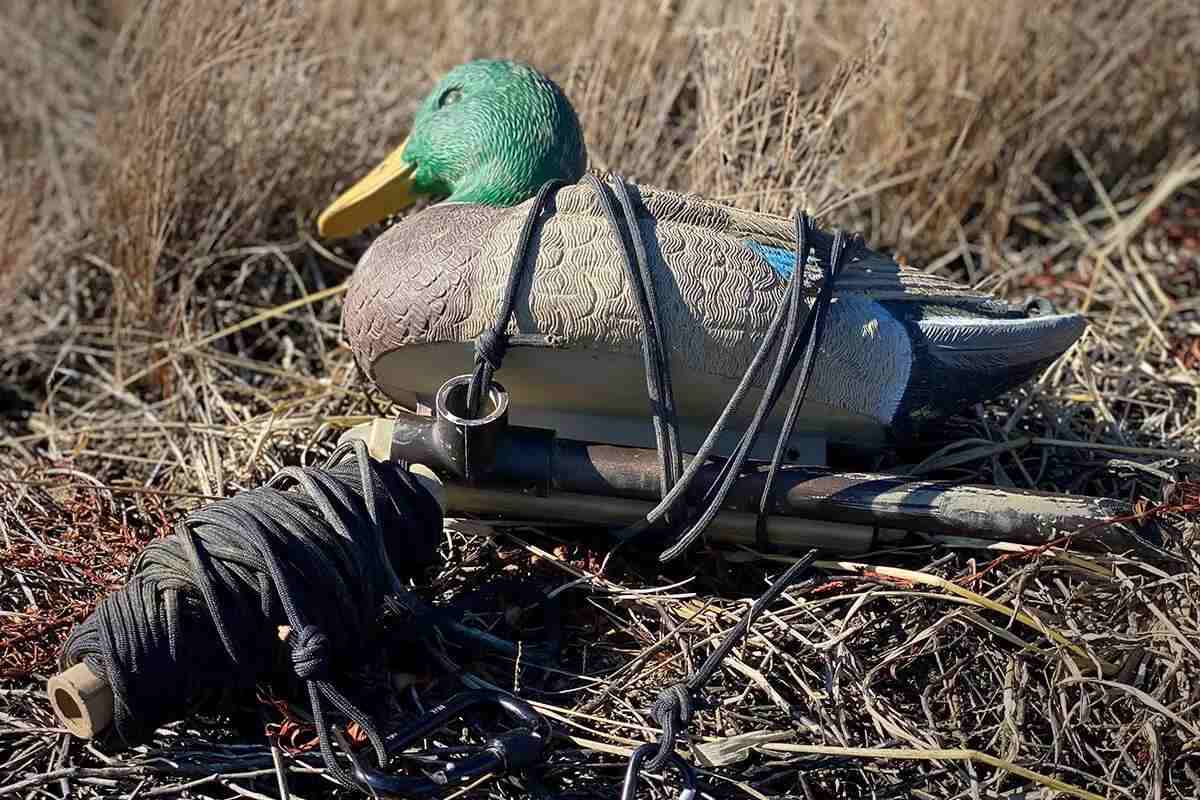Effective Treatment Options For Varicose Veins

Varicose veins occur due to weakened or faulty valves in the veins that hinder blood from flowing properly. These unsightly veins are more prevalent in women than men and tend to deteriorate with age. Some common symptoms of varicose veins include leg pain, swelling, itching, and aching. While varicose veins may not always cause serious health problems, they can be uncomfortable and unsightly. Atur Kasha DO uses advanced technology to diagnose varicose veins and plan a personalized treatment plan to alleviate your symptoms. Your treatment plan may include the following:
1. Venaseal
Venaseal is a minimally invasive treatment that involves using a medical adhesive to seal off the affected vein and reroute blood flow to healthier veins. Unlike traditional vein treatments involving heat or chemicals to close the vein, Venaseal requires only a small incision, which significantly reduces your risk of scarring and other side effects. The procedure requires about an hour to complete, and you can resume normal activities immediately after treatment. Most individuals report little to no discomfort during the treatment and usually see visible improvement in the appearance of their varicose veins within a few weeks.
2. Radiofrequency ablation
Your doctor will insert a thin catheter into the affected vein after making a small incision in your skin. The catheter transmits radiofrequency energy to the vein, causing it to collapse and seal shut. Blood is then rerouted to healthier veins in the leg, reducing the appearance of varicose veins and alleviating the associated symptoms. The procedure is typically performed in an outpatient setting, and you can return to your normal activities within a few days. RFA is also associated with less pain and scarring than traditional surgical treatments, making it a more desirable option for many patients.
3. Sclerotherapy
Sclerotherapy involves injecting a special solution directly into the affected veins to collapse them, thus rerouting the blood flow to healthier veins. The solution irritates the lining of the damaged veins, causing them to stick together, seal shut, and eventually fade away. Sclerotherapy is a relatively simple outpatient procedure that takes less than 30 minutes to complete. This procedure is considered the go-to treatment for small-to-medium-sized varicose veins because it is safe, effective, and relatively painless. The procedure has a low risk of complications and short downtime. You may experience mild discomfort or bruise after the procedure, but these side effects usually resolve within a few days.
4. Lifestyle changes
Lifestyle changes can help manage varicose veins’ symptoms and prevent further deterioration and complications. Some lifestyle changes include avoiding standing or sitting for prolonged periods, wearing compression stockings, and exercising regularly. Standing or sitting for extended periods can accumulate blood in your legs, which may cause swelling, pain, or discomfort. You can take regular breaks to walk around, stretch, or move your legs to prevent this. Additionally, elevating your legs while sitting or lying down can help to reduce swelling and improve blood flow. Wearing compression stockings can help to improve blood flow by exerting pressure on the veins in your legs, which reduces their diameter and improves the blood flow.
For more information about varicose veins, call Desert West Vein & Surgery Center office or schedule an appointment online.



